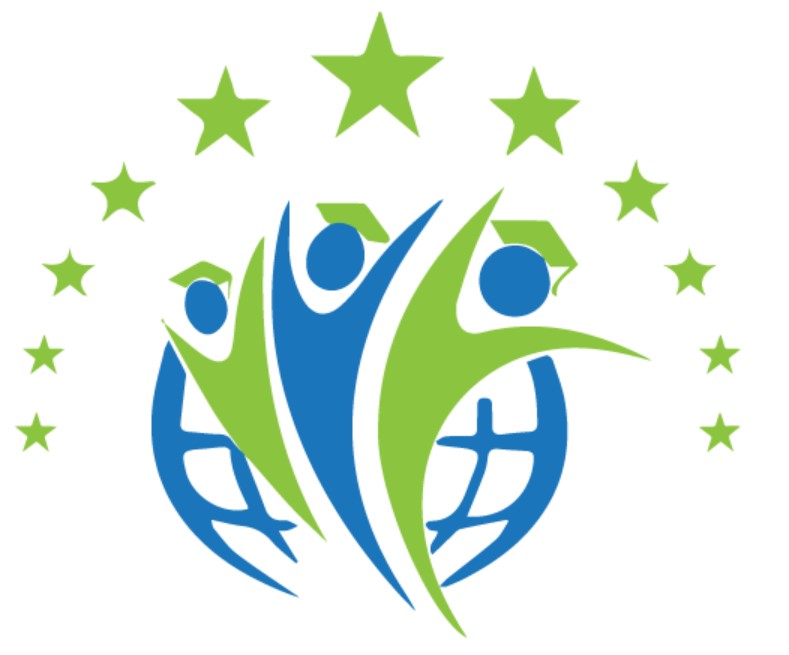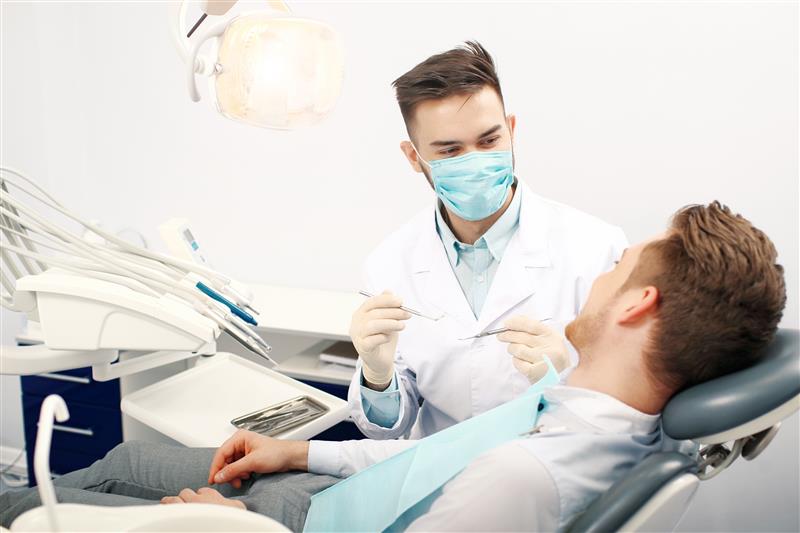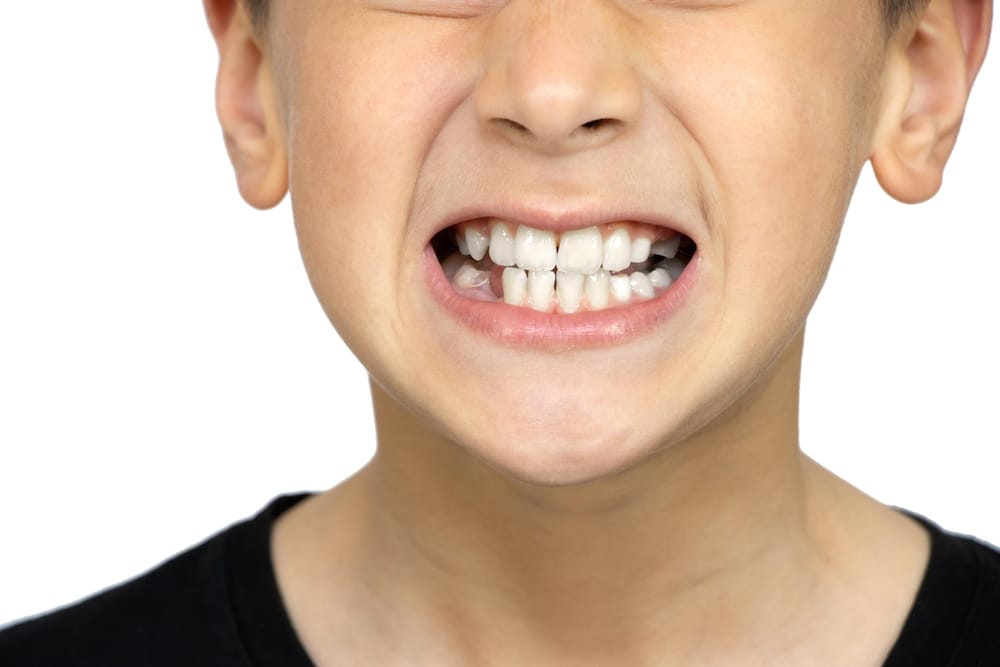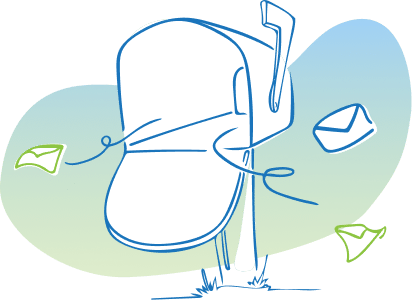Sleep apnea diagnosis requires access to sleep diagnostic services. Cost and availability are the key limiting factors for dental patients who suspect that they have sleep apnea and require sleep treatment. In recent years changes to insurance reimbursement and insurance qualification requirements have only made the issue worse.
Dr Ward Flemons MD wrote an article for the journal of respiratory and critical care medicine published in 2004, “access to diagnosis and treatment of patients with suspected sleep apnea”. In his article Dr Flemons reviewed the access to sleep diagnostics in five countries.
His analysis of the US sleep field was very telling. Dr Flemons team identified that in 2001 there were 280 million people in the United States. At that time there were estimated to be 1,292 sleep clinics conducting 1.17 million in lab polysomnograms.
This is about 427 PSG’s per 100,000 population. The Veteran’s Health Administration (VHA) was found to be under much more stress than the public hospital system. In 2001 the VHA system cared for 3.75 million veterans with only 55 sleep labs this resulted in only 160 studies per 100,000 patients.
The health risks associated with untreated snoring and sleep apnea are well documented. Hypertension is perhaps the leading condition associated with sleep apnea. Comorbid conditions include heart disease, stroke and diabetes.
In a recent report by the AASM “Frost & Sullivan calculated that the annual economic burden of undiagnosed sleep apnea among U.S. adults is approximately $149.6 billion. The estimated costs include $86.9 billion in lost productivity, $26.2 billion in motor vehicle accidents and $6.5 billion in workplace accidents.”
There is no requirement that a dentist initiate treatment however the patient must be advised of the possibility of sleep apnea and a referral to a sleep physician should be made. The challenge is that the access to diagnosis has continued to erode since the early 2000”s when Dr Flemons’ data was collected.
With the change in guidelines by the ADA we now have a total patient population of over 200M people that see their dentist every year being screened for sleep disordered breathing. The ASA says that 48% of these patients snore and 38% report having fallen asleep unintentionally during the day at least once in the last month.
It is clear that treating the patients symptoms as quickly as possible is the prudent choice for the dentist. But how to do this without a medical diagnosis?
The Dental Solution
The answer may be provisional treatment with a provisional mandibular advancement device (PMAD).
Patients with sleep related breathing disorders often present in the dental office with snoring as their primary complaint. And, chronic snoring is often associated with high risk of sleep apnea.
But, sleep apnea is a condition that can be life threatening and is required to be diagnosed by a sleep physician using specialized equipment that is not available everywhere, or is in high demand due to the prevalence of sleep related breathing disorders in the general population. These wait times can result in treatment delays of six months or more.
Therefore it is prudent patient care to treat the patient’s snoring symptoms immediately, in the dental office, and refer for diagnostics and management by a physician as soon as possible. From a medical legal perspective an informed consent document is required to confirm that the patient is aware that they are being treated provisionally, that they understand that their condition has medical risks and they need to consult with a physician.
Dr Ken Berley DDS, JD, a practicing dentist and attorney, has spent some time examining the concept of provisional therapy. He has also prepared an informed consent document that is available for free download.
A provisional treatment is fundamentally no different from traditional mandibular advancement therapy for airway management.
The tools and the techniques are in fact the same. The major distinction is that with provisional therapy medical insurance is not an option because there is no diagnosis or prescription for a therapeutic device.
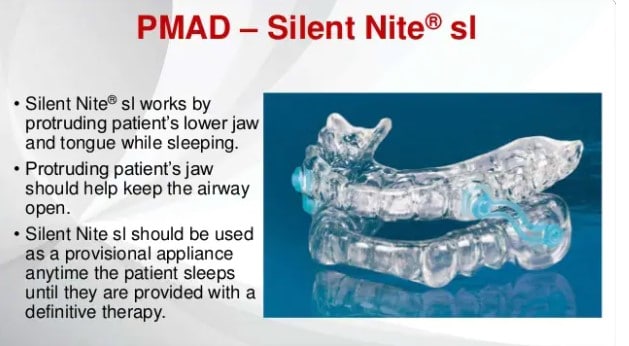
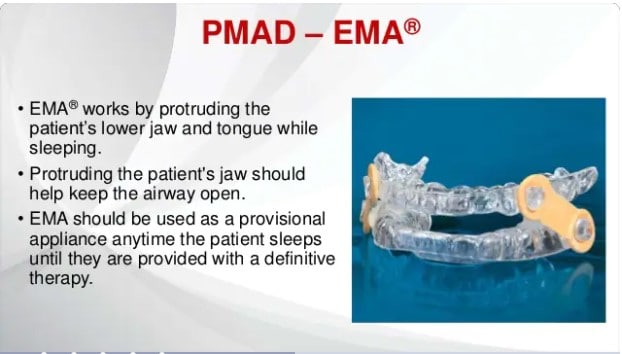
Silent Nite and EMA are both highly respected and prescribed dental treatments for snoring and sleep apnea in the United States. Both devices can be custom fitted to a patients dentition using materials and techniques that are found in the average dental office.
These devices are well suited to provisional use because they are relativley inexpensive but have the adjustment and therapeutic capabilities found in much more expensive appliances.
As with most dental appliances usedfor snoring and sleep apnea the Silent Nite Sl and the EMA can be used in combination with CPAP.
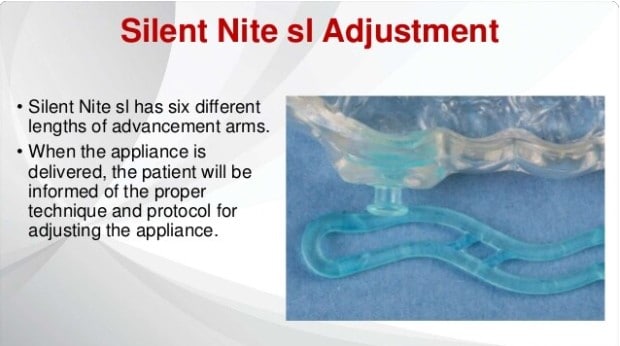
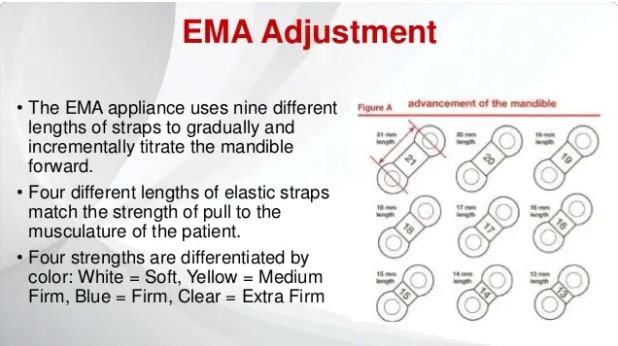
The Silent Nite and the EMA are adjustable in 1mm increments to allow the dentist to adust the mandible into the optimal position to apply tension to the muscles and ligaments of the upper airway.
This tension splints the airway and provides support to the tissues so that they do not partially collapse, vibrate and make the snoring sound. Also the airway is much less likely to collapse completely and obstruct normal breathing.
The patient will pay for the therapy out of pocket and cost of the therapy will play a role in treatment acceptance.
Once a diagnosis is made by a sleep physician the dentist can replace the provisional appliance with more durable long term appliance that meets medical insurance reimbursement guidelines and clinical goals established by the dentist and the patient.
From a practice management perspective treatment of patients provisionally will open many more patients up to sleep treatment. It is estimated that there are 2.5 million people in the US that have sleep apnea. The American Academy of Otolaryngology-head and Neck Surgery report that nearly half of adults snore, and over 25 percent are habitual snorers. With an estimated 211M Americans seeing the dentist every year the opportunity for dentists to make a difference in their patients overall health has never been more attainable.
